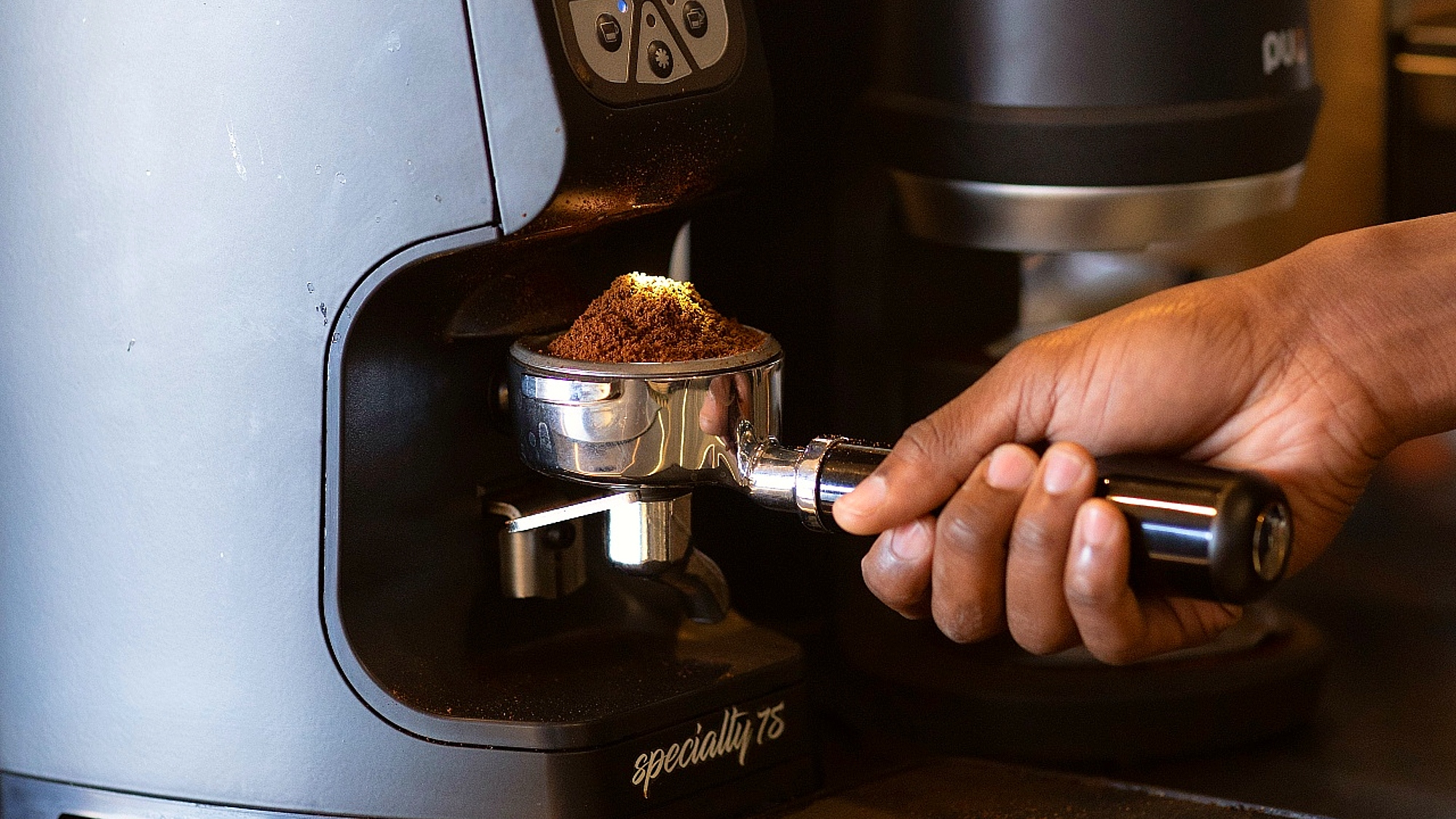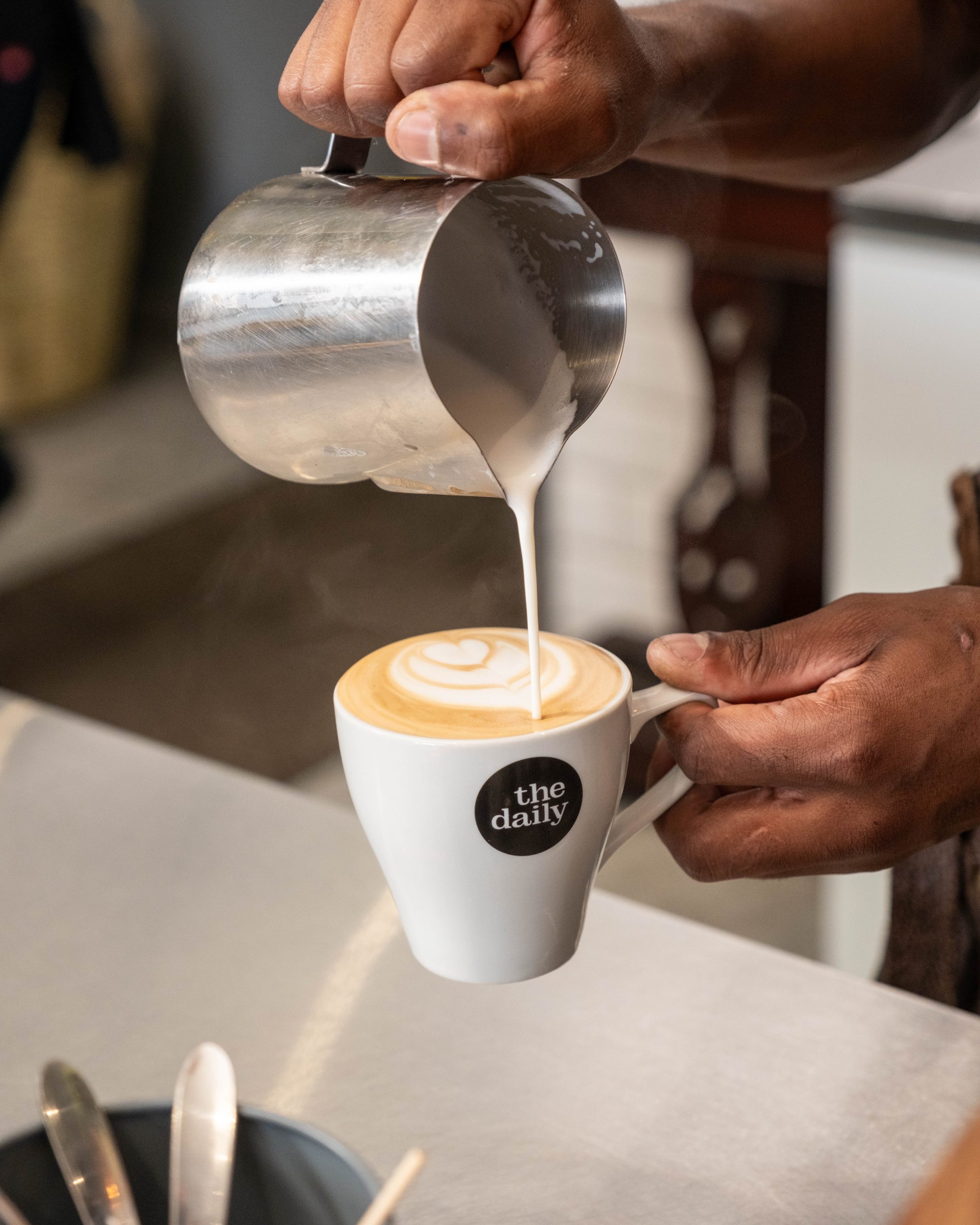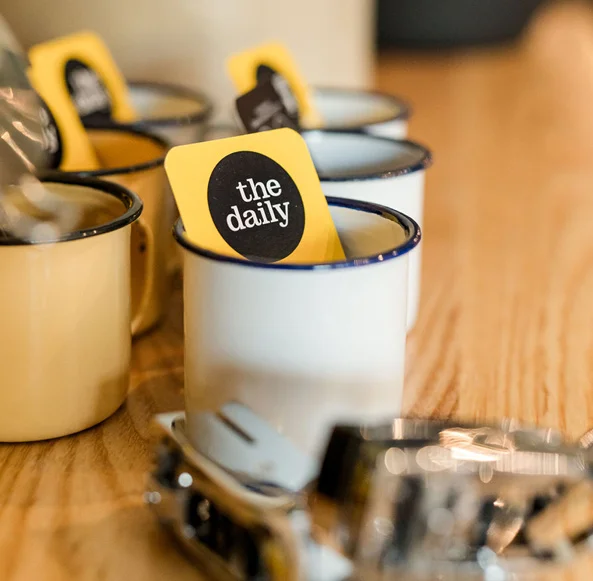Bean basics: How coffee beans shape flavour
It all starts here – the little bean that makes a big difference!
When it comes to good coffee, the beans do the heavy lifting. Whether you’re drinking a velvety flat white or a bold Americano, the type of coffee bean behind it all plays a huge role in how your cup tastes. And the nice part? You do not need to be a barista or a botanist to understand the basics!
Let’s take a closer look at why coffee beans matter so much, and how what’s inside the cup reflects where the bean has been.
Arabica vs Robusta: The two main players
Of the 120 known coffee species, Arabica and Robusta are the two most widely cultivated and commercially significant. Each species includes numerous varieties or cultivars, but Arabica and Robusta remain the primary species used in global coffee production. Here’s a brief overview of each:
- Arabica beans (most popular for espresso-based drinks) are known for their smooth, sweet flavours, often with fruity or floral notes. They grow at higher altitudes, are more sensitive to climate, and a bit fussier to cultivate, but the reward is a more nuanced and refined cup.
- Robusta beans are hardier, thrive at lower altitudes, and tend to deliver stronger, more bitter flavours, sometimes with earthy or nutty undertones. They also pack nearly double the caffeine of Arabica beans.
Most specialty grade coffees come from Arabica beans, chosen for their clean, consistent quality and complex flavours.
Origin matters: The bean’s “accent”
Just as it is with wine, coffee has terroir – a fancy word for the environmental factors such as soil, climate and altitude that shapes its flavour. Therefore, where a coffee is grown affects how it tastes in your cup.
Here are a few typical flavour profiles from well-known coffee regions:
- Ethiopian coffees (Africa): Bright, floral, often with fruity or citrus notes
- Colombian coffees: Balanced and smooth, with caramel or nutty hints
- Brazilian coffees: Full-bodied, chocolatey and low in acidity
- Central American coffees (like Guatemala or Costa Rica): Lively acidity, clean flavours, and a touch of sweetness
Think of origin as the coffee’s “accent” – not the whole story, but a strong hint of what to expect before you even take a sip.
Processing: What’s behind your coffee’s flavour profile?
Once coffee cherries are harvested, the fruit needs to be removed from the seed. How this is done, influences the final flavour of the bean.
Here’s a simple look at the three main processing methods, and how they affect taste:
- Washed (wet) process: The outer fruit and mucilage is removed from the bean before drying. This results in a clean, crisp and bright cup – perfect for drinkers who enjoy classic, balanced flavours.
- Natural (dry) process: Coffee cherries are dried whole with the fruit and bean remaining intact. This method imparts a bold and fruity flavour profile – ideal if you’re up for something a little more adventurous.
- Honey process: The outer skin of the cherry is removed and the fruit pulp left on the bean during the drying process. This results in a smoother, sweeter more balanced coffee.
While it may sound technical, this step plays a big role in the taste journey. Roasters and buyers factor processing methods into their decisions to make sure the beans they select will deliver the flavour experiences coffee drinkers love.
Freshness counts – but timing matters too
Ever wondered why coffee from your favourite coffee café often tastes better than what you make at home with store-bought, pre-ground coffee?
A big reason is freshness!
But freshness is not just about roasting and brewing immediately. Freshly roasted beans are full of natural gases, especially carbon dioxide, which need time to escape. This resting period, known as degassing, usually takes about three to ten days after roasting. If used too soon, the gases can disrupt extraction and cause the coffee to taste sour or uneven. Wait too long, and the flavour fades. Getting the timing right is key to achieving that perfect balance in every cup.
That’s why coffee cafés that take quality seriously use beans that are not only freshly roasted, but also properly rested to be at their flavour peak. Then they grind only what is needed – just before brewing, never in bulk or in advance – to ensure that every espresso, cappuccino, or flat white is made from coffee beans at its best.
In short – fresh is good, but peak freshness is even better!
The takeaway
Beans might be small, but they’re mighty! The variety, origin, processing, and freshness all shape the coffee experience in subtle (and sometimes not-so-subtle) ways. And the more coffee drinkers know, the more rewarding it is to explore what they like best!
* At The Daily Coffee Café, we have our own roastery. We understand flavour from the ground up, and we choose and grind our beans with care. Every cup we serve starts with quality beans and ends with your satisfaction!
Next up: Let’s get roasting!
In the next instalment of our “What makes a good cup of coffee?” series, we’re turning up the heat and diving into the roast. From light and bright to dark and bold, we’ll explore how roasting transforms humble beans into flavour-packed brews, and why the roast level could be the real secret to your perfect cup.








